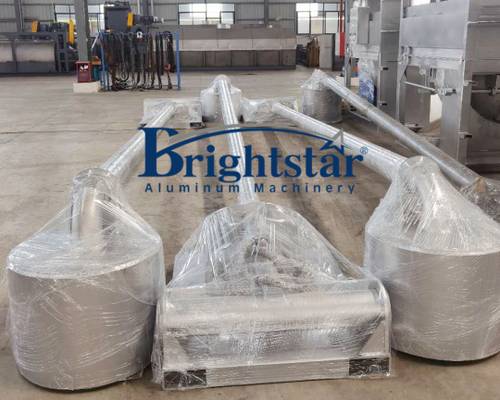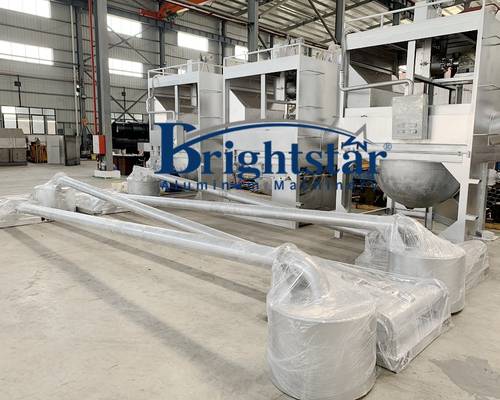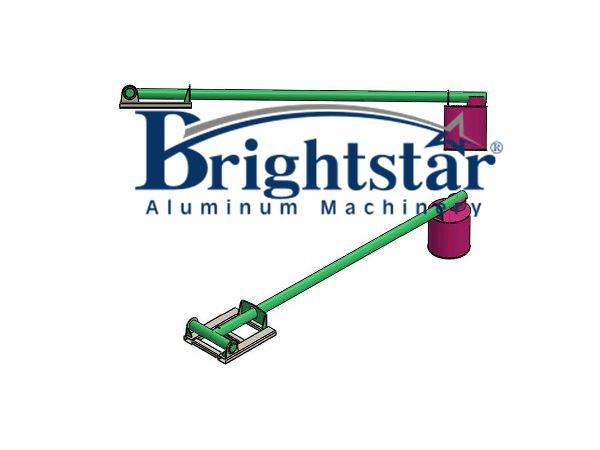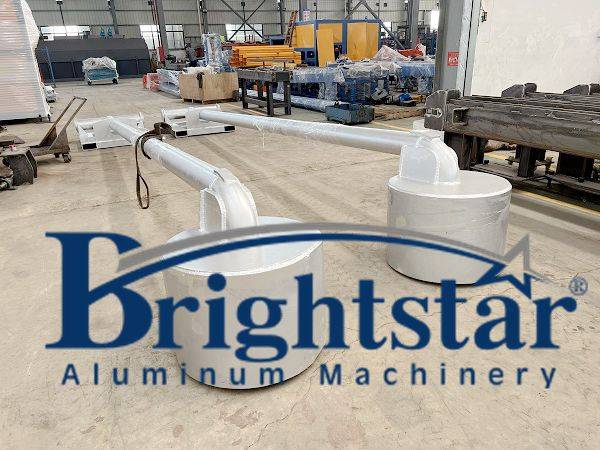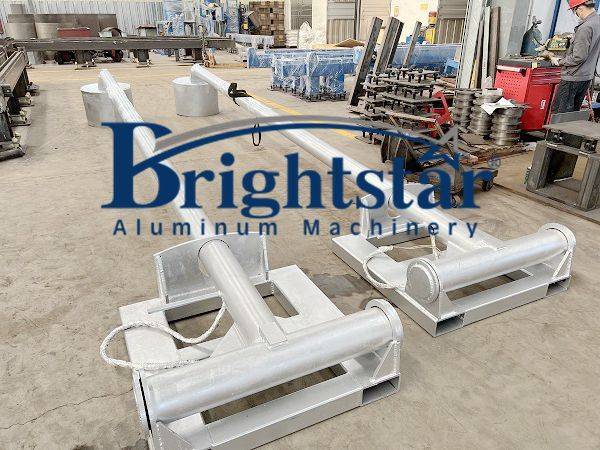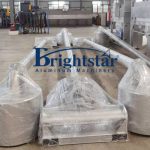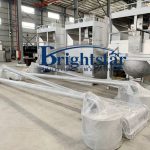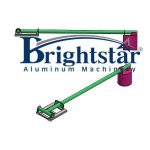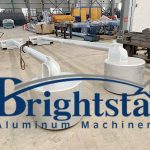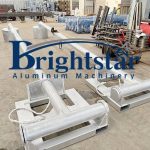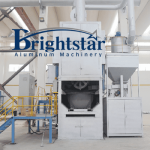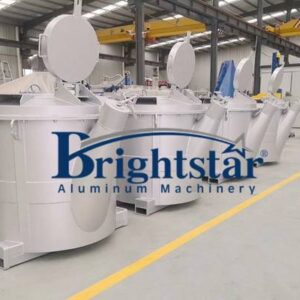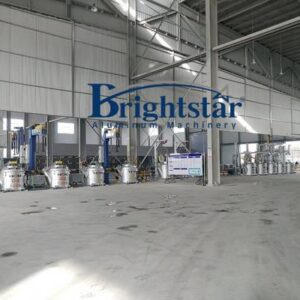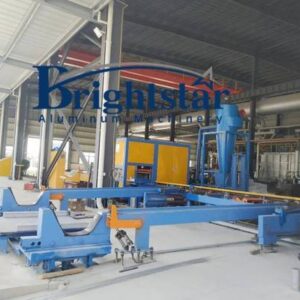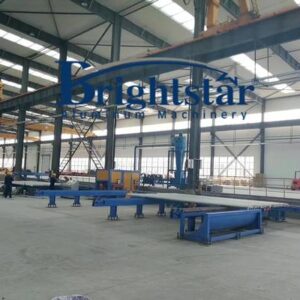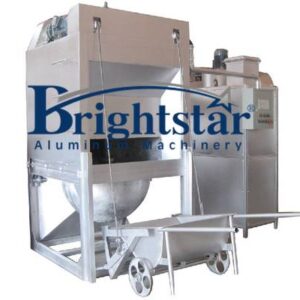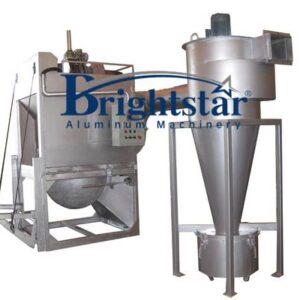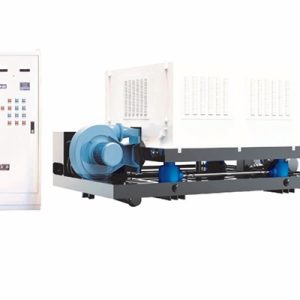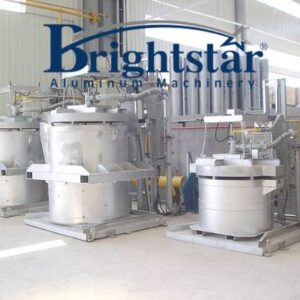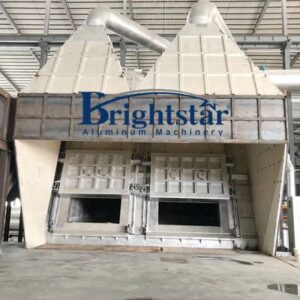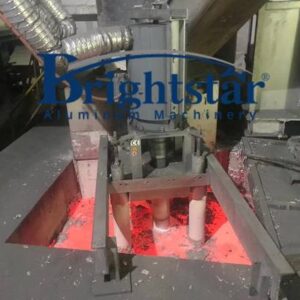Molten aluminium electromagnetic iron remover
Molten aluminium electromagnetic iron remover
- Description
- Inquiry
Description
Molten aluminium electromagnetic iron remover
Molten aluminium electromagnetic iron remover
Molten aluminium electromagnetic iron remover is necessary, manufacturers in industries such as industrial aluminum smelting, aluminum alloy smelting, etc. will encounter a problem, that is, they need to charge aluminum ingots or recycled aluminum scraps into melting furnaces for high-temperature smelting and melting.
When aluminum products are heated at high temperatures, under the environment, it melts into molten aluminum, but in the smelting process, iron impurity elements are unavoidable in scrap aluminum.
If iron impurities are not quickly removed, it will definitely affect the quality of aluminum products, especially the elements in aluminum alloys.
The ingredients cause the product to be unqualified, or not suitable for sand casting or finished product, which significantly reduces the mechanical properties of the final product.
Molten aluminum electromagnetic iron remover is an effective tool for iron removal in the melting process.
Structure of molten aluminum electromagnetic iron remover
There is a heat dissipation layer on the surface of the high temperature resistant molten aluminum electromagnet iron remover.
The heat dissipation layer can be circulated by the wind to take away the surface temperature of the electromagnet iron remover.
The heat dissipation layer is covered with high-temperature insulation material for heat insulation.
The shell outside of insulation materials is made of Non-conductive steel (stainless steel).
Working principle of molten aluminum electromagnetic iron remover
The shell can be put into a high-temperature furnace up to 800 degrees Celsius, moving back and forth in molten aluminum.
The high-temperature electromagnetic chuck/electromagnet iron remover produces a strong magnetic field at the bottom.
The magnetic field can penetrate the stainless steel protective layer, heat insulation layer, and antipyretic layer.
Attract and remove iron scraps and ferromagnetic impurities in the molten aluminum of melting furnace, and can generate a magnetic field when energized, and remove the sucked iron parts when the power is off.
The price and technical data can be sent as we get your inquiry.
The completed solution and one-stop service!
How do you remove iron impurities from molten aluminum?
Iron impurities can be removed from volumes of molten aluminum by applying electromagnetic iron remover.
The molten aluminum electromagnetic iron remover is an effective tool for iron removal in the melting process.
The shell can be put into a high-temperature furnace up to 800 degrees Celsius, moving back and forth in molten aluminum.
The high-temperature electromagnetic chuck/electromagnet iron remover produces a strong magnetic field at the bottom.
The magnetic field can penetrate the stainless steel protective layer, heat insulation layer, and antipyretic layer.
Attract and remove iron scraps and ferromagnetic impurities in the molten aluminum of the melting furnace, and can generate a magnetic field when energized, and remove the attracted iron parts when the power is off.
Iron in aluminum, it is the most harmful impurities
Aluminum is one of the most versatile materials used in foundry practice; however, iron is one of the most troublesome impurities in aluminum cast materials.
During the solidification of aluminum alloys, iron promotes the formation of intermediate phases, which may damage the properties of the final product.
In secondary aluminum industries, iron contamination caused by high amounts of iron scrap is always possible.
Iron is considered one of the most harmful impurities in aluminum.
This is especially noticeable in the manufacture of cast aluminum alloys for casting in a metal mold and a sand mold.
Iron along with aluminum and other alloying elements, such as manganese, copper, magnesium and silicon form a phase intermediate iron, that significantly reduces the mechanical properties of the final product.
The main pollution of iron in aluminum, it occurs during the melting of aluminum scrap, which is mixed with iron.
Moreover, Aluminum scrap may itself contain a high concentration of iron. It belongs, for example, to waste aluminum casting alloys under pressure.
To minimize the problem of pollution of aluminum scrap iron, aluminum industry employs rigorous scrap sorting before loading it into a melting furnace.
This involves manual sorting, magnetic sorting and electromagnetic sorting for sorting crushed scrap particle density.
Iron particles in liquid and solid aluminum
In the conventional solidification of aluminum-silicon casting alloys, the first aluminum phase usually begins to harden.
The other components of the alloy remain liquid and accumulate in the areas between the grains of the primary phase.
Iron contamination causes a change in the solidification sequence of the phases: first, the iron-containing intermediate phase appears, and only then does crystallization occur alumina grains.
When these particles are formed before aluminum, they can grow freely and therefore grow in rough crystals surrounded by a liquid phase.
The situation of iron removal from aluminum
Metallurgical quality is becoming more and more important to metal casters, and for aluminum casting producers, due to the material cost of aluminum alloys, the problem is even more critical: the cost of primary aluminum will erode the revenue of large-scale orders, and the low-quality secondary aluminum will reduce productivity for foundries or die casting plants.
In particular, the trace elements of iron-containing materials in recycled aluminum can make the final material brittle and limit its use in high-value automotive or aerospace applications.
Iron is generally harmful to aluminum alloys, leading to the formation of intermetallic compounds.
Iron is concentrated in the continuous recycling process, which makes the recycled aluminum brittle and limits its use in high-end applications such as airplanes.
Existing methods of removing iron from molten aluminum in the recycling process are either expensive or inefficient.


